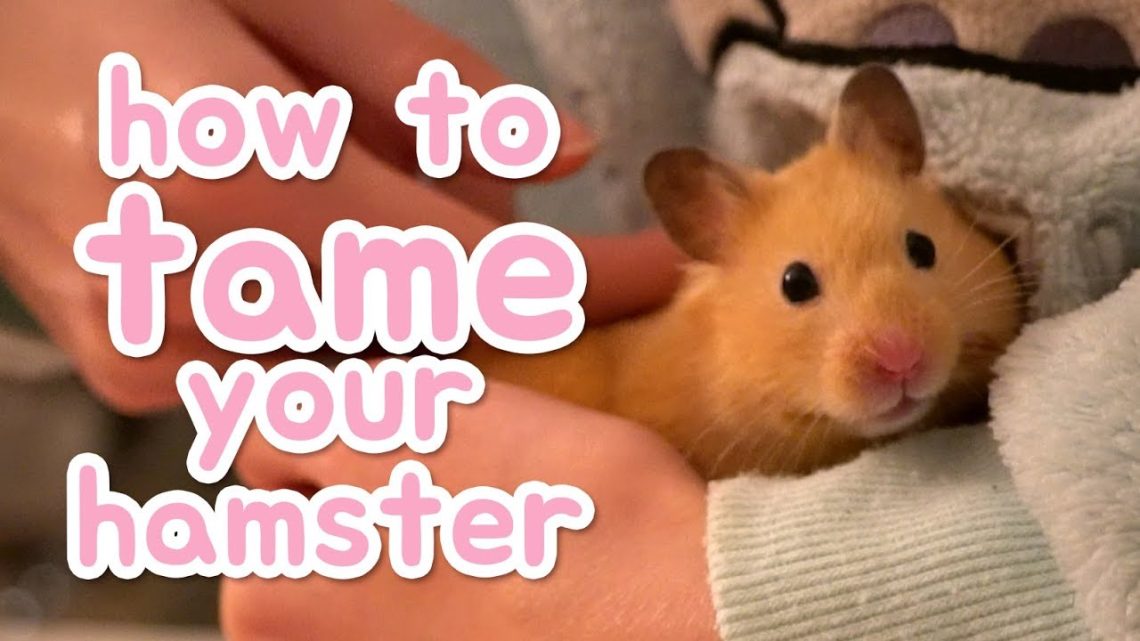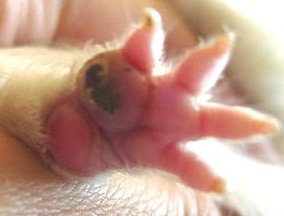
How to tame a hamster?
Hamsters are incredibly cute and cute rodents that you just want to stroke and hold in your hands. But in practice, this idea can turn into a bite! Hamsters require special handling and must be tamed before they can truly befriend them. How to do it?
Many novice owners are perplexed: why does a hamster bite? Indeed, you don’t expect such behavior from a cute baby, but if you learn more about the animals, everything becomes clear.
In the wild, hamsters fight for their lives every day, hiding from predators. What do you think, what associations does a rodent have with a hand suddenly appearing in a cage and trying to grab it? Of course, his instinct speaks of danger, and the animal defends itself as best it can, using its teeth. Believe me, he does not want to offend you: he is simply afraid.
How to tame a hamster in this case? – Very simple. But the main rule: no rush. It will take a few days for the animal to move away from the stress of moving, get used to the new environment and fully adapt. Some pets even refuse food for some time after the move – their stress is so strong. And after the hamster gets used to the new home and feels confident, you can start taming it. Here are some helpful tips on how to do this:
1. If possible, get a hamster under the age of 2 months. Babies are easier to tame, while an untamed adult hamster will show enviable stubbornness.
2. Spend more time around your hamster. While in the room, talk to him often so that he gets used to your voice. Approach the cage, but do not try to pick up the hamster. First, he must get used to you from a distance. Try not to make noise so as not to frighten the animal, i.e. do not evoke in him associations with danger.

3. Gradually start offering treats to your hamster from your hand. To do this, open the cage and place an open palm with a treat on it in front of the door. Our task is to wait until the hamster leaves the cage on its own, climbs into the palm of your hand and takes a treat. If it works on the first try, do not take the hamster in your hands, do not start stroking it. Let him eat calmly or take a treat to the cage. If the hamster does not come out, do not take it out by force, try the next day – and so on until the hamster learns to go out on its own.
4. When the hamster begins to confidently climb into the palm of your hand, you can try to pick it up. Let the rodent climb into your palm and cover it with your other hand, creating a semblance of a house. So the pet will feel safe and you will save him from possible falls. For the first time, do not hold the hamster in your hands for a long time. If he gets nervous, put him in a cage.
5. When the above stages are completed, you will be able to freely pet and hold the hamster in your hands, getting great joy from communicating with a tamed pet!
Good luck!





